The cockroach who is dying and the woman who is blind agree not to notice each other's shame
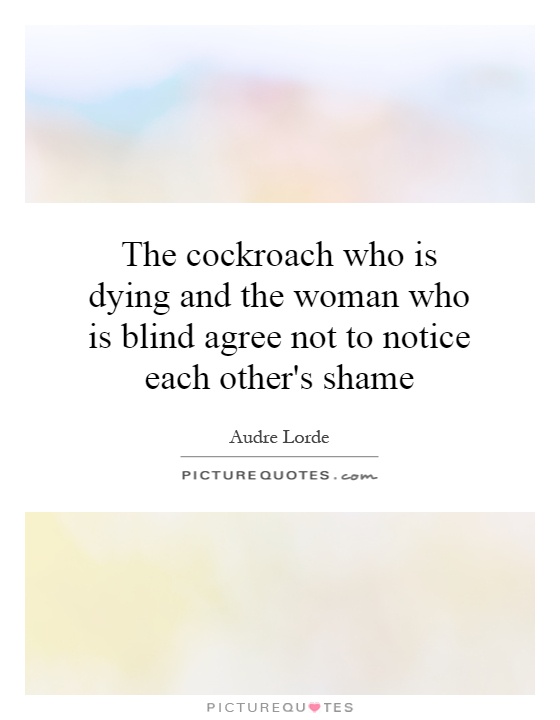
The cockroach who is dying and the woman who is blind agree not to notice each other's shame
In Audre Lorde's work, the theme of intersectionality and the interconnectedness of all beings is a prevalent and powerful motif. The idea that all living creatures, no matter how seemingly insignificant or marginalized, are deserving of respect and dignity is a central tenet of Lorde's philosophy. This is exemplified in the poignant and thought-provoking scenario of "The cockroach who is dying and the woman who is blind agree not to notice each other's shame."In this scenario, we are presented with two beings who are both facing their own struggles and challenges. The cockroach, a creature often reviled and dismissed as a pest, is dying. Despite its small size and perceived insignificance, the cockroach is still a living being with its own experiences and emotions. The woman, on the other hand, is blind and may not be able to physically see the cockroach, but she is still aware of its presence and the suffering it is going through.
The decision of the cockroach and the woman to not notice each other's shame speaks to a deeper understanding and empathy between them. Despite their differences in size, species, and abilities, they are able to recognize and acknowledge each other's pain and vulnerability. This mutual agreement not to judge or shame each other is a powerful statement of solidarity and compassion.


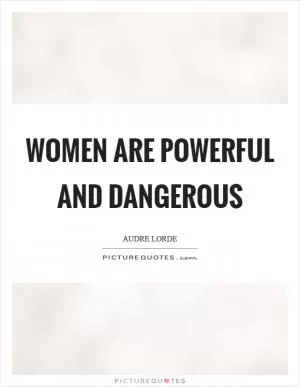
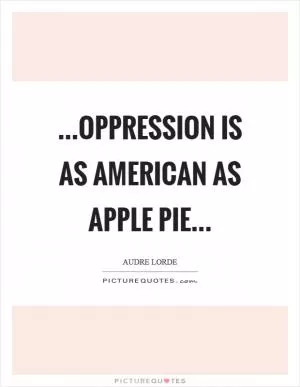
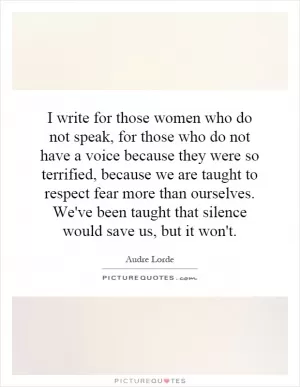
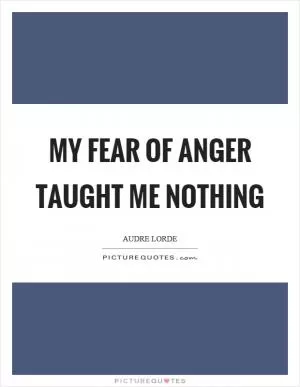
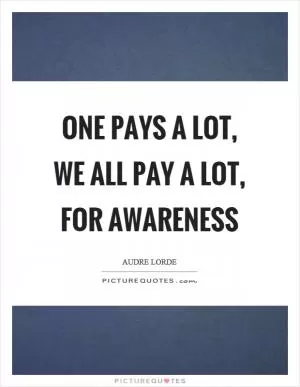
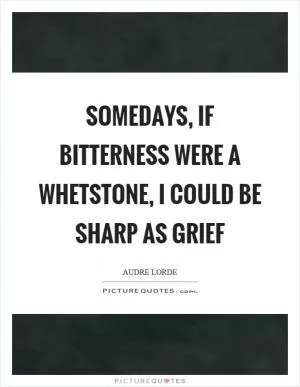
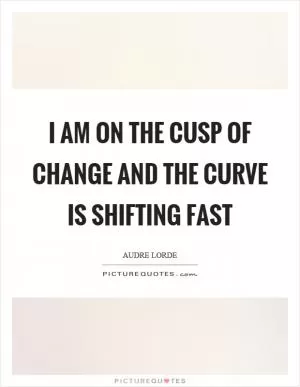

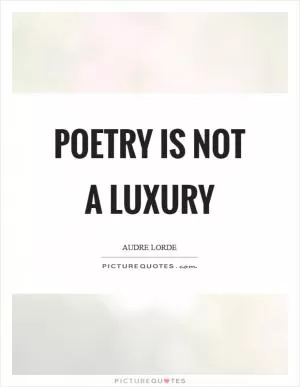
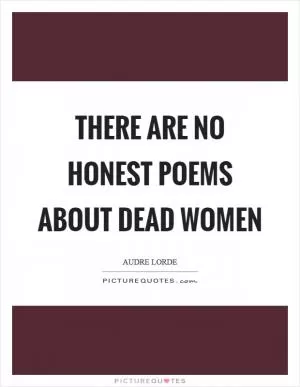
 Friendship Quotes
Friendship Quotes Love Quotes
Love Quotes Life Quotes
Life Quotes Funny Quotes
Funny Quotes Motivational Quotes
Motivational Quotes Inspirational Quotes
Inspirational Quotes